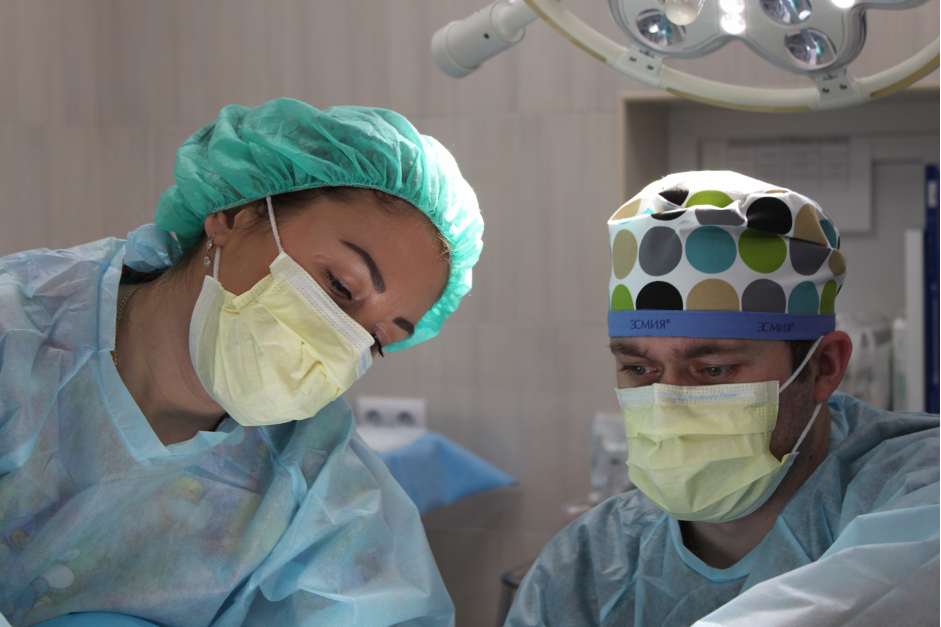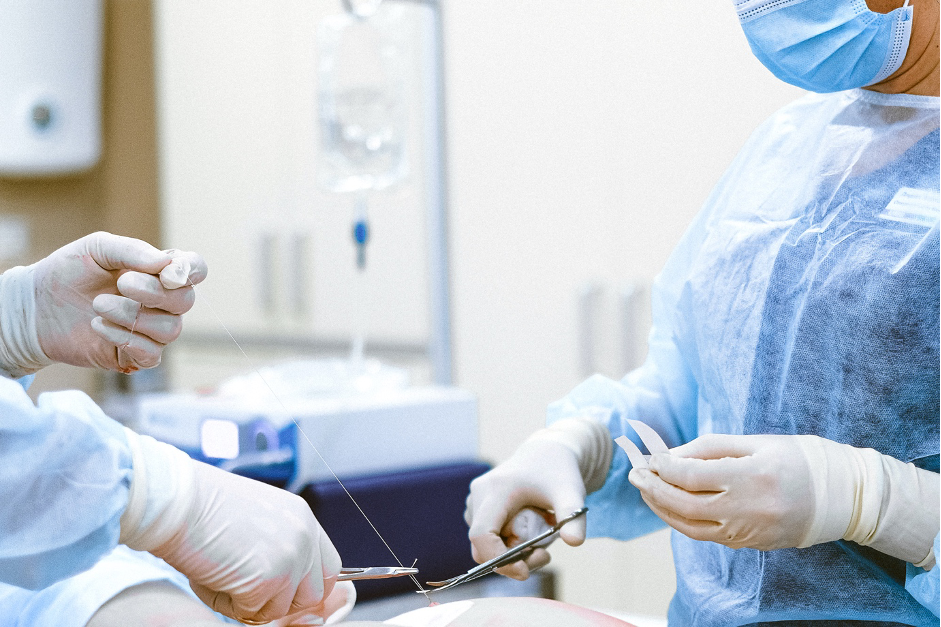Climate change has been a prominent topic of conversation in recent years, but are the impacts of surgical rooms being forgotten about? Read on for 5 ways that hospitals are implementing green initiatives…
Hospitals in the US are estimated to produce 5.9 million tons of medical waste every year. Much of this is from surgical care, but anaesthesia contributes substantially as well.
With the nature of anaesthesia, it is understandable that there is a preference for disposable equipment to ensure it is sterile. After all, if standards slip and mistakes occur, a medical solicitor for negligence may be required to step in.
You might hear about these stories in the news, but one thing that isn’t as widely covered is the carbon footprint hospitals and medical care have on the environment. Read on to find out what is currently being implemented to reduce the impact surgical rooms have on the environment…

Use of Disposable Items in Surgical Rooms
Anaesthesia at hospitals contributes disproportionately to total healthcare waste, as they are highly energy intensive, and they consume large amounts of resources. As well as this, there has been an increase in healthcare needs as a result of the growing and aging population which is only going to continue.
There is also the concern of added emissions generated indirectly through the transport of waste to treatment facilities, the incineration of waste, and the release of methane gas from landfills.
Fortunately, there has been a shift in driving facilities efficiency improvements by investing in smart and sustainable practices. This shows that it is possible to make sustainable changes to surgical rooms without having to scrimp on the quality of patient care. But how does this work in practice?
What Sustainable Items do Surgeons Use?
Here, we’ve listed some of the ways sustainability is prioritised in hospitals. Take a look…
Reusable Equipment
Much of the equipment used in surgery can be purchased in either a disposable or reusable form. As previously mentioned, the consensus is that disposable equipment is more sterile increasing patient safety. For example, disposable blades reduce the risk of cross contamination between patients which could arise through medical negligence.
Furthermore, reusable items sometimes involve cleaning and disinfecting solutions that may be toxic to the environment. But, research has found that reusable blades can be higher quality and increase reliability.
Reprocessed Equipment
The reprocessing of equipment refers to the cleaning and resale of products that are mechanically suitable for reuse. A new initiative in the US means that recently used equipment from hospitals, such as laparoscopic equipment, can be resold once it has been:
- Cleaned
- Tested
- Signed off as acceptable by FDA standards and
- Sterilised
Other examples of items that are currently reprocessed include pulse oximeter probes, laryngeal mask airways, blood pressure cuffs, and hundreds of surgical instruments including laparoscopic surgical trocars, and sequential compression devices.

Recycling Opportunities
Much waste from hospitals comes from the operating room, and these can be hazardous environments. This means recycling might be at the back of your mind.
However, much of the recyclable waste that is generated happens when materials are opened and prepared before the procedure begins, including plastics, glass, paper, and blue wrap. This can all be disposed of in a designated recycling bin before the patient enters to reduce contamination.
However, it is important to remember that, in many cases, hospital regulations require that all waste remains in the operating room suite until the conclusion of the procedure to ensure that the everything can be inspected to see if there is the correct count of sponges, needles or equipment. Removal of waste before the end of a procedure could have detrimental consequences.

Donations
It is now widely accepted to make ‘responsible donations’ to developing countries with healthcare related materials. Obviously, receiving countries do not want equipment that is expired, but surplus equipment that is in good working condition is of great value. This also helps to reduce the environmental impact of hospitals.
Environmentally Responsible Anaesthesia
There has been an increasing focus on developing more environmentally responsible anaesthesia within the bounds of clinical guidelines. This initiative is led and supported by anesthesia providers, including the TaskForce on Environmental Sustainability Committee of the American Society of Anaesthesiologists, as well as global partners in Australia, Brazil, Canada, and the United Kingdom.
However, this change isn’t going to happen overnight, so we’ll have to wait and see what happens with this one. Other green initiatives recommended by the American Society of Anaesthesiologists include:
- Using low fresh gas flow rates
- Selecting alternative anaesthetist options
- Reducing the use of nitrous oxide

Are You Looking for Ways to Improve the Environmental Sustainability of Your Hospital?
This article covers just some of the initiatives hospitals in the US and UK are implementing to reduce their environmental impact. This issue is only going to continue to be more important, so it’s something your healthcare provider should start to consider now. You can access a wide range of resources online on being greener to help.
Have you got advice for any hospitals looking to become greener? Let us know in the comments below.
Laila Azzahra is a professional writer and blogger that loves to write about technology, business, entertainment, science, and health.
